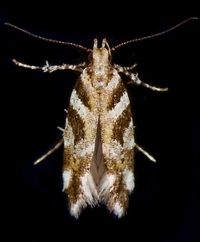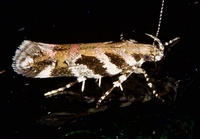
| Recorded by: K. Bischof on 2025-08-21
Transylvania Co.
Comment: | 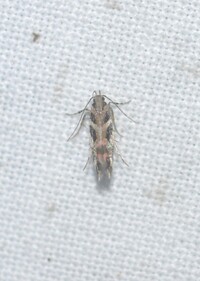
| Recorded by: K. Bischof on 2025-08-21
Transylvania Co.
Comment: |

| Recorded by: Ken Kneidel on 2025-07-21
Mecklenburg Co.
Comment: | 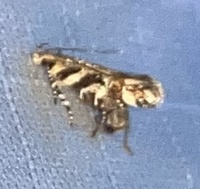
| Recorded by: Ken Kneidel on 2025-07-21
Mecklenburg Co.
Comment: |
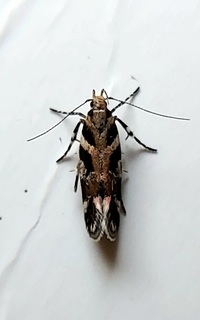
| Recorded by: Mark Basinger on 2025-07-13
Rowan Co.
Comment: | 
| Recorded by: Mark Basinger on 2025-07-13
Rowan Co.
Comment: |
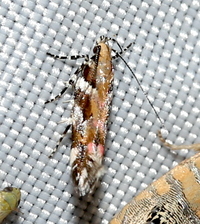
| Recorded by: Jeff Niznik, David George, Larry Chen, Sarah Toner, Joye Zhou on 2025-06-20
Richmond Co.
Comment: | 
| Recorded by: David George, Jeff Niznik on 2025-05-24
Richmond Co.
Comment: |
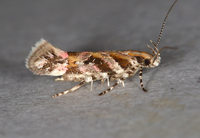
| Recorded by: Jim Petranka, John Petranka and Becky Elkin on 2025-05-09
Cumberland Co.
Comment: | 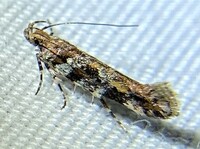
| Recorded by: Dean Furbish, Lior S. Carlson on 2025-02-04
Orange Co.
Comment: |

| Recorded by: John Petranka on 2024-09-28
Orange Co.
Comment: | 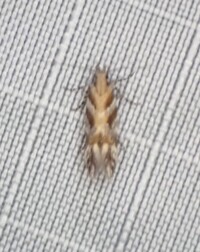
| Recorded by: Stefanie Hedrick on 2024-08-22
Mecklenburg Co.
Comment: |
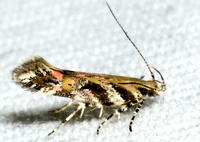
| Recorded by: John Petranka on 2024-08-20
Orange Co.
Comment: | 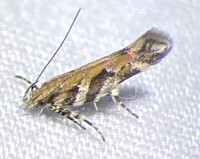
| Recorded by: Dean Furbish, Lior S. Carlson on 2024-06-22
Orange Co.
Comment: |
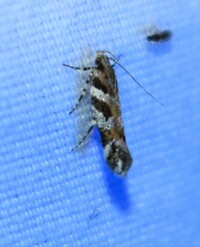
| Recorded by: Tim Foleu on 2023-09-09
Orange Co.
Comment: | 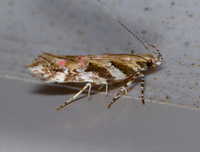
| Recorded by: Jim Petranka on 2023-09-01
Madison Co.
Comment: |

| Recorded by: David George, Stephen Dunn, Jeff Niznik on 2023-08-10
Orange Co.
Comment: | 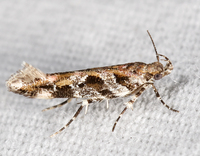
| Recorded by: John Petranka on 2023-02-23
Orange Co.
Comment: |

| Recorded by: John Petranka on 2022-09-04
Orange Co.
Comment: | 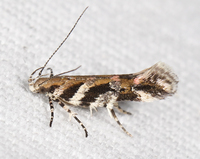
| Recorded by: John Petranka on 2022-09-01
Orange Co.
Comment: |

| Recorded by: R. Newman on 2022-08-20
Carteret Co.
Comment: | 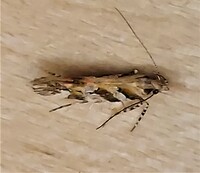
| Recorded by: Gary Maness on 2022-07-15
Guilford Co.
Comment: |

| Recorded by: Gary Maness on 2022-07-06
Guilford Co.
Comment: | 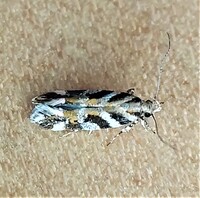
| Recorded by: Gary Maness on 2022-07-06
Guilford Co.
Comment: |
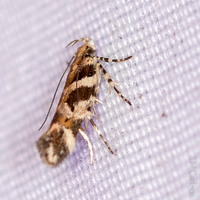
| Recorded by: David George, L. M. Carlson on 2022-06-21
Caswell Co.
Comment: | 
| Recorded by: David George, L. M. Carlson on 2022-06-20
Caswell Co.
Comment: |
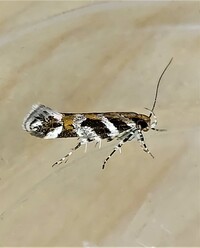
| Recorded by: Gary Maness on 2022-06-14
Guilford Co.
Comment: | 
| Recorded by: Gary Maness on 2022-06-01
Guilford Co.
Comment: |
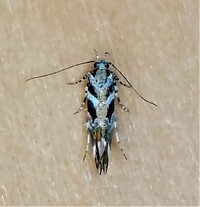
| Recorded by: Gary Maness on 2022-05-25
Guilford Co.
Comment: | 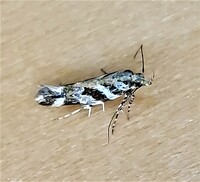
| Recorded by: Gary Maness on 2022-05-25
Guilford Co.
Comment: |
|

 »
»
